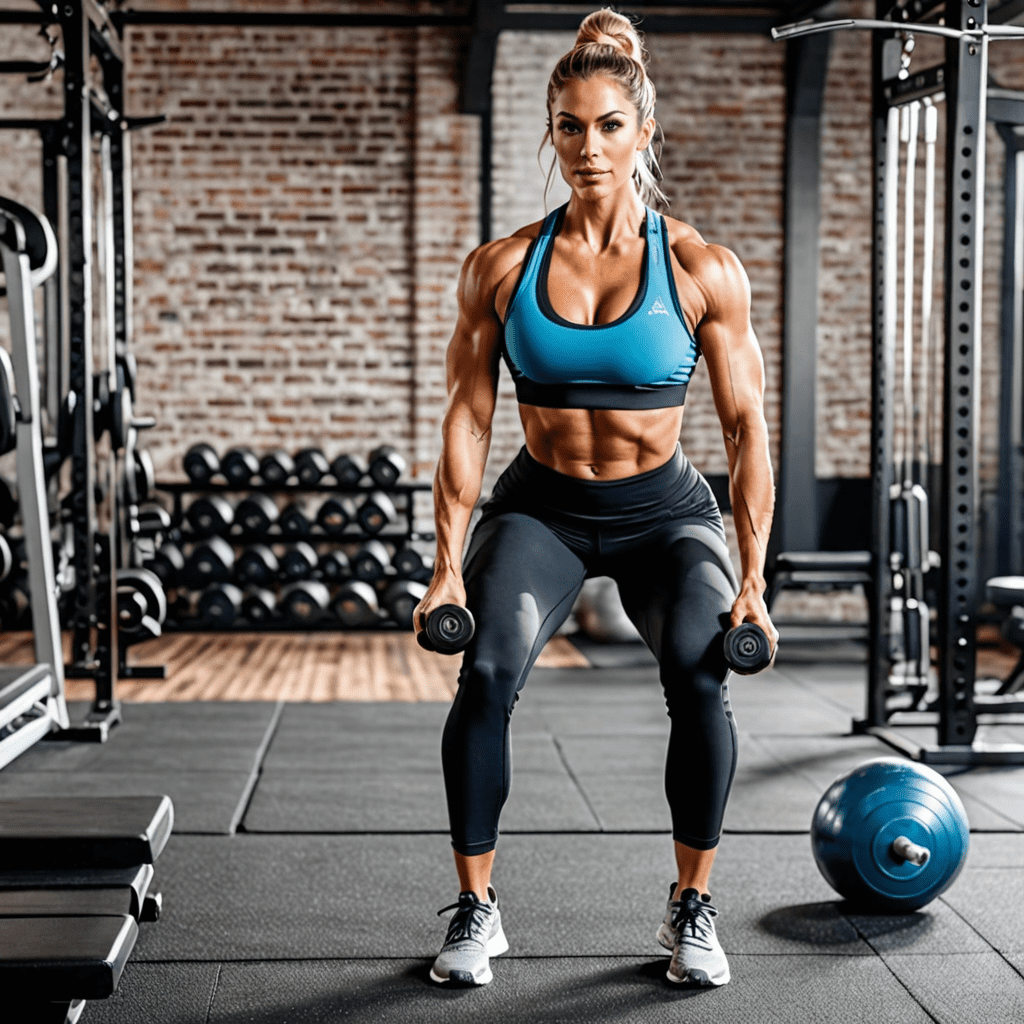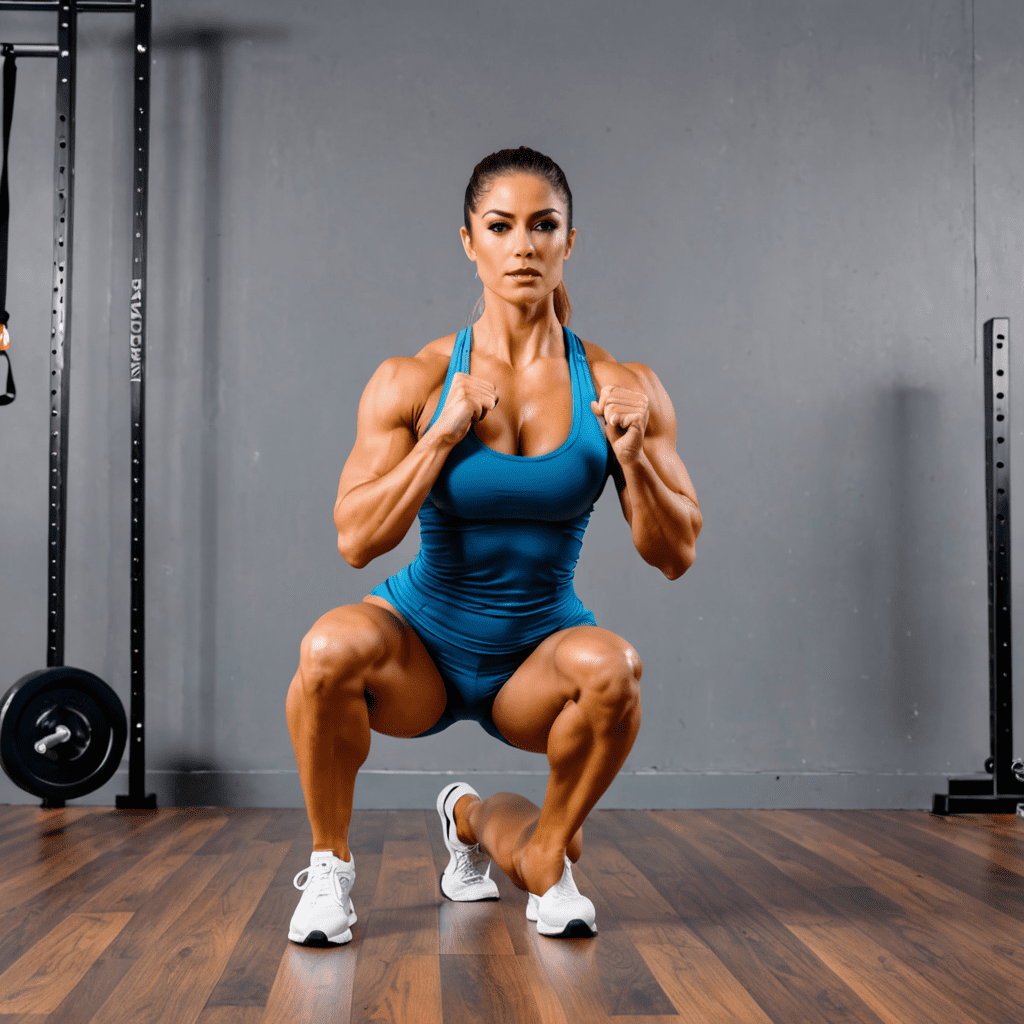
Balancing Cardio and Strength Training in Your Home Workouts
Incorporating both cardio and strength training into your home workouts is key to achieving overall fitness and health. Finding the right balance between these two types of exercises can help you reach your fitness goals effectively.
The Importance of Cardiovascular Exercise
Cardiovascular exercises like running, cycling, or jumping jacks are essential for improving your heart health, boosting endurance, and burning calories. They also help reduce the risk of chronic diseases such as heart disease and diabetes.
The Benefits of Strength Training
Strength training involves exercises like weight lifting, bodyweight exercises, and resistance band workouts. It helps build muscle strength, increase bone density, and improve metabolism. Strength training is crucial for toning your body and enhancing functional fitness.
Creating a Balanced Routine
When planning your home workouts, aim to include a mix of cardio and strength training exercises. You can alternate between days focused on cardio and days focused on strength training. This helps prevent plateauing and keeps your workouts engaging.
Sample Weekly Workout Plan
Monday: Cardio (30 minutes of jogging or jumping rope)
Tuesday: Strength Training (20 minutes of bodyweight exercises like push-ups and squats)
Wednesday: Rest or light yoga/stretching
Thursday: Cardio (Cycling or HIIT workout for 20-30 minutes)
Friday: Strength Training (Dumbbell exercises for upper body and lower body)
Saturday: Cardio (Dance workout or brisk walking)
Sunday: Rest day
Listen to Your Body
It’s important to pay attention to how your body responds to different workouts. If you feel fatigued or experience persistent soreness, give yourself time to rest and recover. Adequate rest is crucial for muscle repair and overall performance improvement.
Stay Consistent and Stay Hydrated
Consistency is key when it comes to seeing results from your home workouts. Aim to exercise regularly and gradually increase the intensity of your workouts. Additionally, remember to stay hydrated before, during, and after your exercise sessions to support optimal performance and recovery.
FAQ about Balancing Cardio and Strength Training in Your Home Workouts
Q: Why is it important to balance cardio and strength training in home workouts?
A: Balancing cardio and strength training helps improve overall fitness, boosts metabolism, enhances cardiovascular health, and builds muscle strength, leading to better performance and results.
Q: How can I incorporate both types of training into my at-home workout routine?
A: You can combine cardio exercises like jumping jacks, running in place, or cycling with strength training exercises such as squats, lunges, push-ups, and planks. Utilizing body weight or household items as resistance can also be effective.
Q: What are the benefits of a well-rounded workout routine that includes both cardio and strength training?
A: A balanced routine can help burn calories, improve endurance, increase muscle mass, enhance flexibility, strengthen bones, boost mood, reduce stress, and promote overall wellness and longevity.
Q: How often should I do cardio and strength training in my home workouts?
A: It is recommended to aim for a minimum of 150 minutes of moderate-intensity cardio or 75 minutes of vigorous-intensity cardio per week, along with at least two days of strength training targeting major muscle groups. Adjust based on your fitness goals and abilities.

